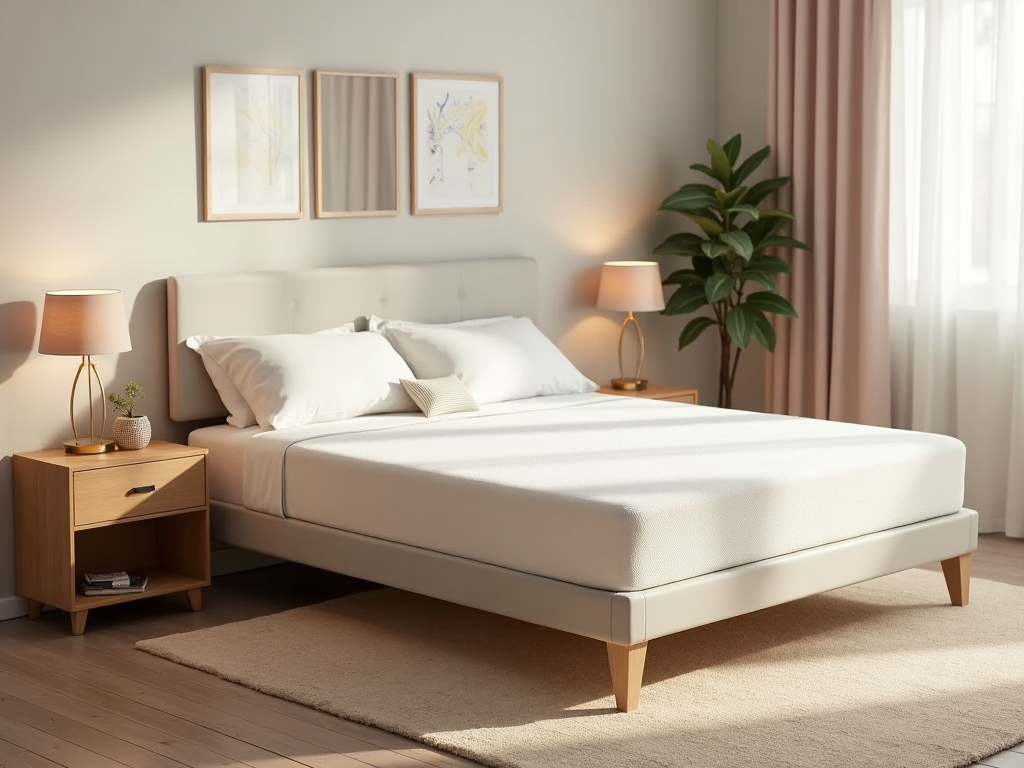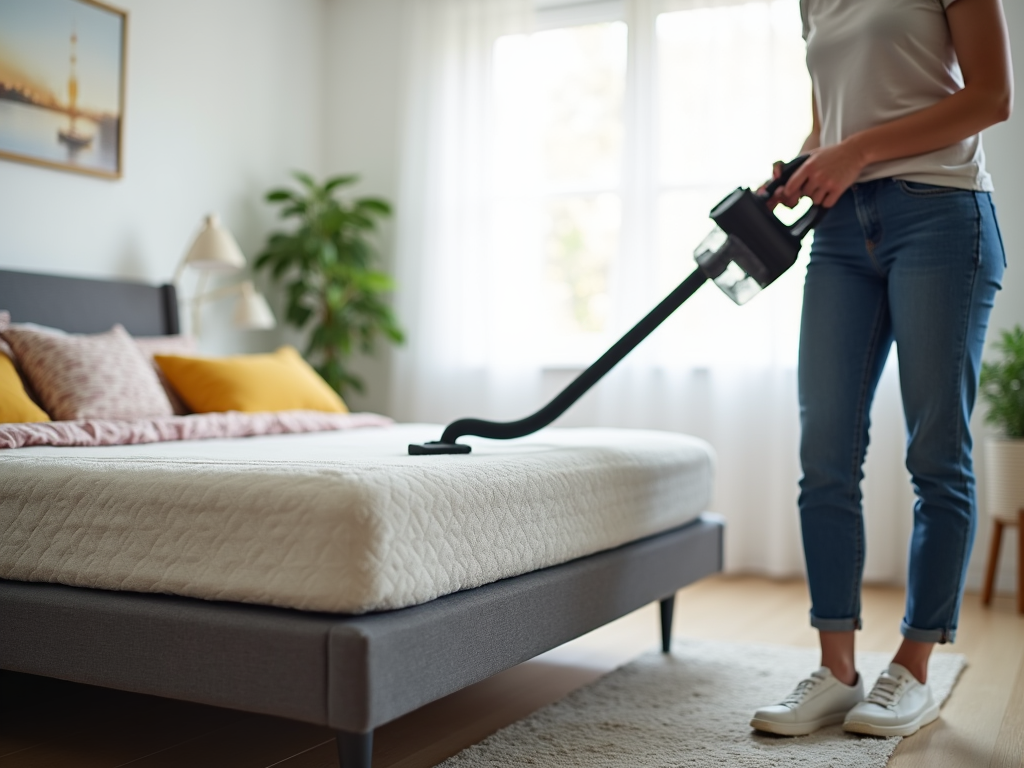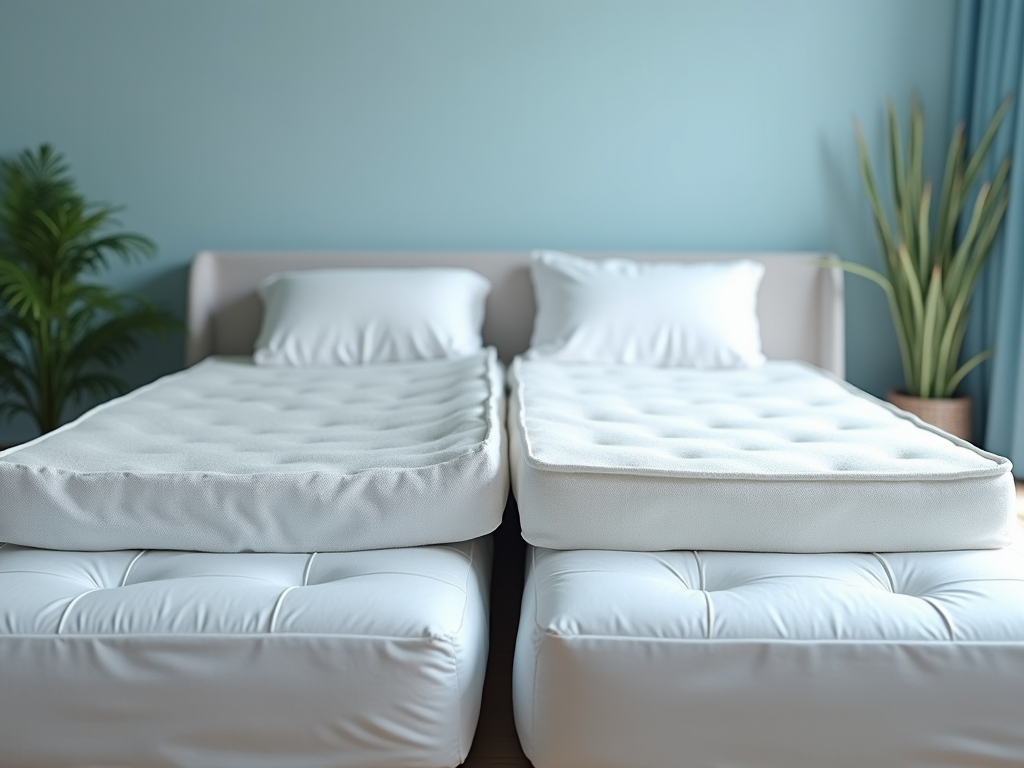Here’s Why You Probably Shouldn’t Flip Your Mattress

For decades, the notion of flipping your mattress was more than just common advice; it was almost a bedtime ritual. It was believed that regularly turning your mattress could significantly prolong its lifespan and maintain a comfortable sleeping surface. However, as time has progressed and mattress technology has evolved, it’s crucial to examine whether this traditional practice still holds merit. With the rise of specialized materials like memory foam and hybrid mattresses, the need for such flipping has diminished considerably. This article delves into the reasons you may want to reconsider the habit of flipping your mattress and offers insightful alternatives to maintain a comfy sleep surface. Ultimately, our goal is to help you achieve a better quality of sleep while protecting your mattress investment.
When it comes to mattress design, understanding the materials involved is key. Many people may not realize that the standard two-sided mattress is becoming increasingly rare. Traditional mattresses were designed for flipping, allowing both sides to be used interchangeably. In contrast, modern mattresses are predominantly single-sided, crafted intentionally for specific comfort and support on one designated surface. Flipping them could inadvertently compromise their effectiveness, resulting in discomfort and inadequate support during sleep. This shift in design brings us to a pivotal question: Should we even consider flipping our mattresses anymore?
Understanding Mattress Design

When assessing whether to flip your mattress, it’s essential to distinguish between traditional and contemporary designs. Traditional mattresses comprised innerspring coils along with padding that distributed weight evenly on both sides. Consumers could easily rotate or flip such beds for prolonging their life. However, most modern mattresses, made primarily from memory foam and various hybrid materials, are tailored for singular comfort on one side. This specialized design means flipping could hinder the performance intended by the manufacturer, emphasizing that we must approach mattress maintenance with a fresh perspective.
- Polyfoam and Memory Foam: These materials offer designated support levels on one side, which can lead to discomfort if flipped.
- Inner Spring Mattresses: Even these often have specific top layers designed for comfort that may be compromised by flipping.
The evolution of mattress technology has resulted in a variety of materials that change how we should care for our beds. Understanding the purpose of these materials is vital for ensuring an enjoyable sleep experience. For instance, classic innerspring mattresses may have been designed with dual-use in mind, while newer models, like memory foam, focus on sole-side efficacy. Maintaining the integrity of these materials is paramount. Hence, choosing smart maintenance strategies can greatly extend your mattress’s lifespan.
The Risks of Flipping Your Mattress

While it may seem harmless, flipping your mattress can come with unexpected challenges. First, altering the intended support and comfort leads to uneven wear over time. This can create pressure points, resulting in discomfort and potential back pain, especially for those who spend long hours in bed. Additionally, many manufacturers stipulate in their warranty conditions that flipping the mattress may void any guarantee against defects. This could leave consumers vulnerable if problems arise, pushing them to face possible financial burdens.
Understanding the warranty specifics is crucial before attempting to flip your mattress. Typically, manufacturers highlight whether flipping the mattress is acceptable. Ignoring these recommendations could lead to costly repercussions, nullifying the warranty protection that ensures a quality sleeping surface for years to come. Consumers must be aware of these stipulations as they could heavily influence purchasing decisions and mattress maintenance practices.
Proper Mattress Maintenance
Instead of flipping, there are more effective ways to care for your mattress that can help extend its lifespan. Rotating your mattress every three to six months is a recommended practice. This not only helps maintain an even wear pattern but also rejuvenates the support system. Moreover, awareness and action surrounding the cleaning and upkeep of your mattress can significantly enhance its longevity and sleep quality.
| Maintenance Task | Frequency |
|---|---|
| Rotate Mattress | Every 3-6 months |
| Vacuum | Monthly |
| Spot Clean Stains | As needed |
- Regular Cleaning: Keep your mattress fresh by vacuuming it regularly to remove dust and allergens.
- Spot Cleaning: Address spills or stains immediately using appropriate cleaning methods for your mattress type.
- Keep It Dry: Ensure your mattress remains dry to prevent mold or mildew build-up.
Conclusion
The traditional practice of flipping your mattress may be somewhat outdated in light of modern mattress technology. As materials and designs continue to advance, it becomes increasingly clear that flipping could do more harm than good. By adopting alternative maintenance strategies—such as regular cleaning, rotating, and understanding warranty implications—you can safeguard your mattress investment and improve your overall sleep quality. Thus, the old belief of flipping your mattress as a necessary step in longevity may not serve you as well as previously thought.
Frequently Asked Questions
- Should I flip my memory foam mattress? No, memory foam mattresses are designed to provide comfort on one side, and flipping them can compromise their performance.
- How often should I rotate my mattress? It’s advisable to rotate your mattress every three to six months to ensure even wear.
- Will flipping my mattress void the warranty? Yes, many mattress brands specify in their warranty conditions that flipping the mattress may void the warranty.
- What’s the best way to clean my mattress? Vacuum your mattress regularly and use appropriate spot cleaning methods for any stains or spills.
- How can I tell if my mattress needs replacing? Signs include sagging, lumps, discomfort, or if you wake up with pain more frequently.


